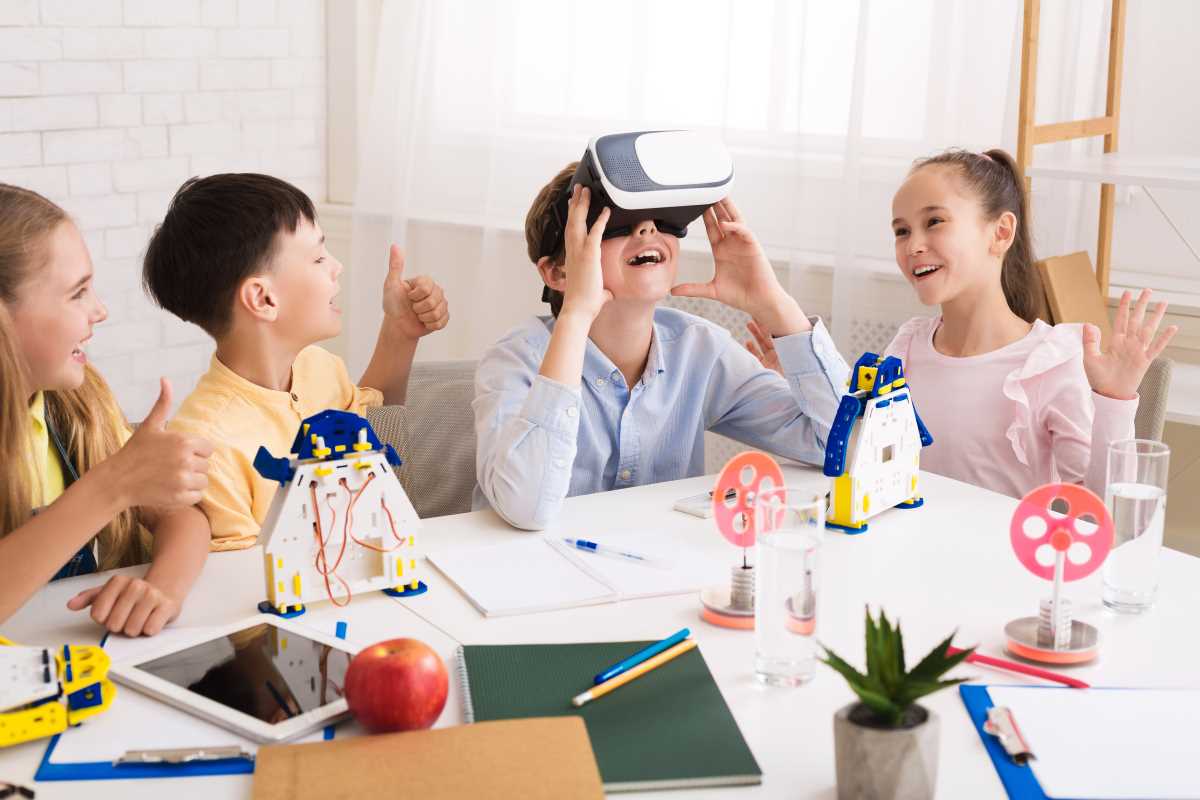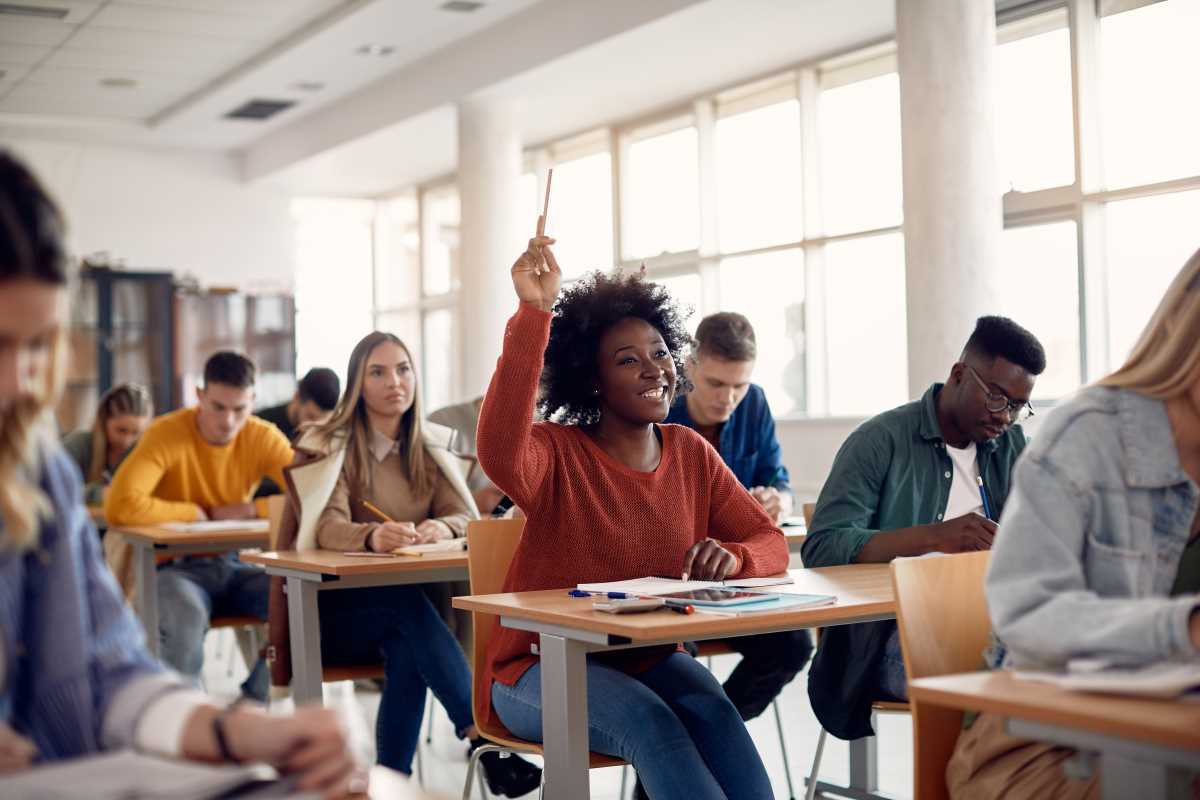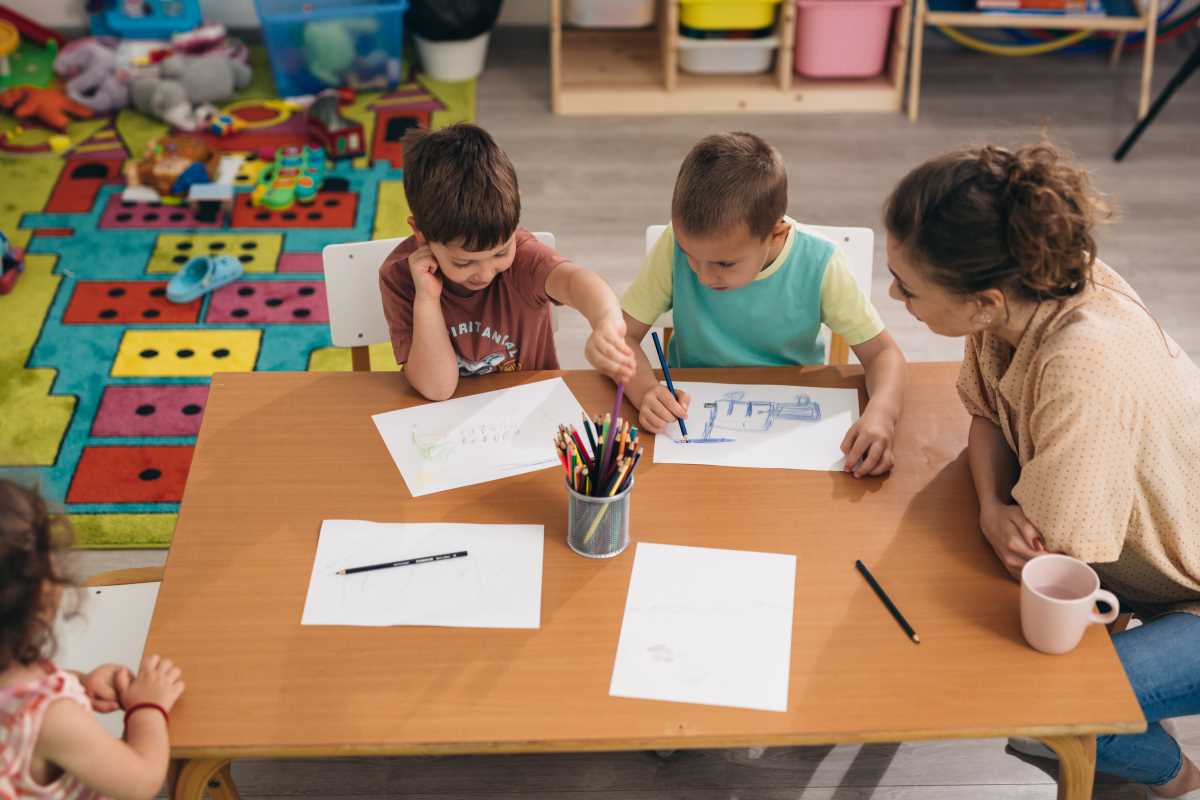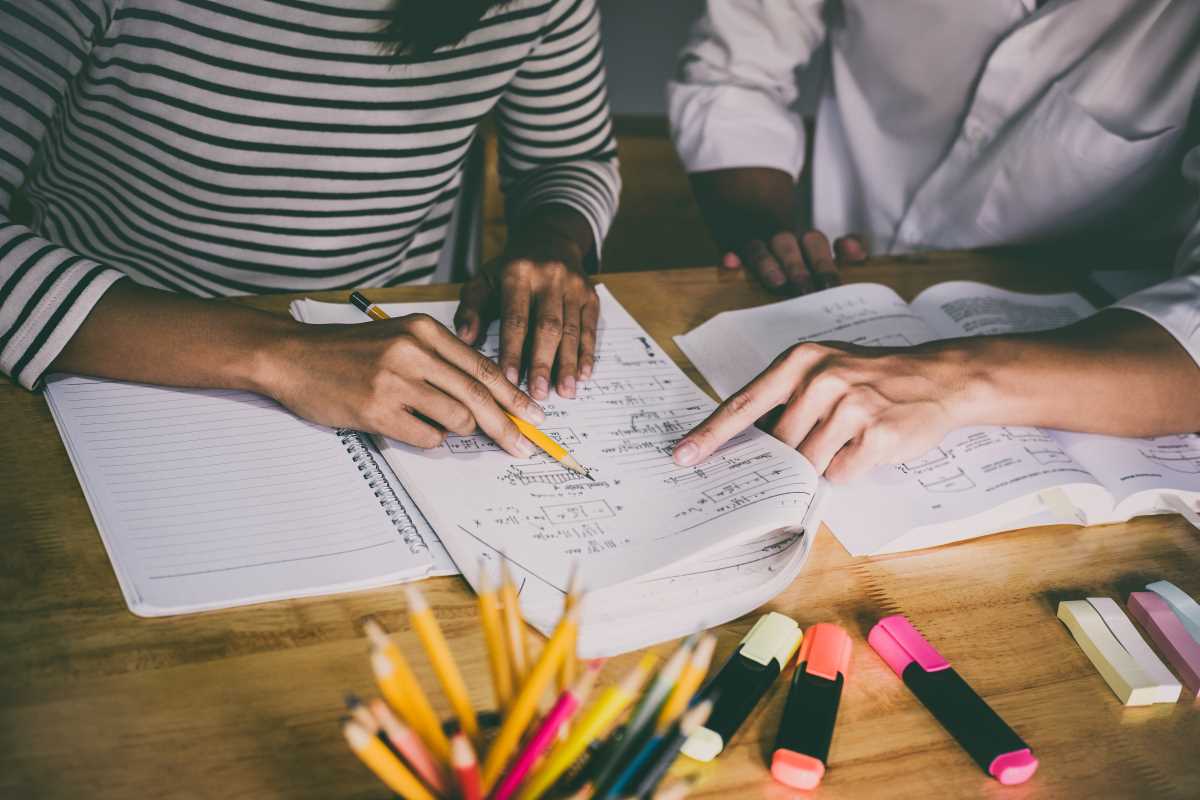Many people with neurodivergent traits perceive the world through distinct lenses, and conventional educational techniques may not always suit their needs. Tailoring the right learning strategies can significantly impact their ability to realize their full capabilities. Imagine the possibilities when we embrace diverse methods designed to resonate with various cognitive styles. This approach not only acknowledges the uniqueness of each learner but also enriches the educational journey. Dive into these seven surprising learning techniques that cater to a spectrum of minds, offering fresh pathways to foster understanding and growth in a way that truly honors individual differences.
Technique 1: Visual Learning Techniques
Visual aids can change the learning process by making abstract concepts tangible. For neurodivergent learners, visual learning can simplify complex information and improve retention.
- Mind Maps: Organize thoughts and ideas visually to see connections between different pieces of information.
- Infographics: Present data and concepts through appealing graphics that are easier to digest.
- Color-Coding: Use different colors to highlight important information, making it easier to navigate and remember.
Technique 2: Interactive and Hands-On Activities
Engaging directly with material can enhance understanding and make learning more enjoyable for neurodivergent individuals. Interactive activities provide a practical approach that can solidify theoretical knowledge.
- Experiments: Conduct simple experiments to grasp scientific concepts through real-world application.
- Role-Playing: Act out scenarios to improve social skills and understanding of different perspectives.
- Building Models: Create physical models of structures or systems to aid in visualizing and comprehending complex ideas.
Technique 3: Incorporating Movement
Integrating physical activity into learning can boost focus and reduce stress. Movement keeps the mind engaged and makes learning sessions more dynamic.
For example, taking short breaks to stretch or using standing desks can help maintain energy levels. Activities like walking while reviewing notes can enhance memory retention.
Technique 4: Flexible Scheduling
Allowing flexibility in learning schedules can accommodate the varying energy levels and focus periods of neurodivergent individuals. Instead of rigid timetables, flexible scheduling provides the freedom to learn when most effective.
For instance, some learners may perform better in the morning, while others might flourish in the afternoon. Offering options to adjust study times can lead to improved academic performance and reduced anxiety.
Technique 5: Using Technology
Modern technology offers a plethora of tools that can support diverse learning needs. Utilizing these tools creates a more inclusive and effective educational environment.
- Speech-to-Text Software: Helps those who struggle with writing express their ideas more easily.
- Educational Apps: Interactive apps make learning more engaging through gamification and personalized feedback.
- Assistive Devices: Tools like noise-canceling headphones minimize distractions and improve concentration.
Technique 6: Personalized Learning Plans
Creating individualized learning plans ensures that each neurodivergent learner's unique strengths and challenges receive attention. Personalized plans can tailor the pace, content, and methods to suit specific needs.
This approach encourages a sense of autonomy and self-advocacy. By setting personal goals and tracking progress, learners stay motivated and engaged in their educational journey.
Technique 7: Social Storytelling
Using storytelling as a learning tool can significantly enhance understanding and empathy. Social storytelling involves creating narratives that reflect real-life situations, making abstract concepts more relatable.
For example, stories can teach social cues, problem-solving skills, and emotional regulation. By embedding lessons within engaging stories, learners can better comprehend and apply what they've learned in their daily lives.
Unconventional learning methods enhance inclusivity and effectiveness for neurodivergent individuals, supporting diverse learning styles and enriching education. Embracing these techniques benefits the overall educational landscape.







